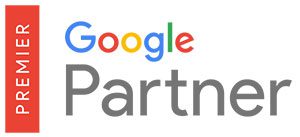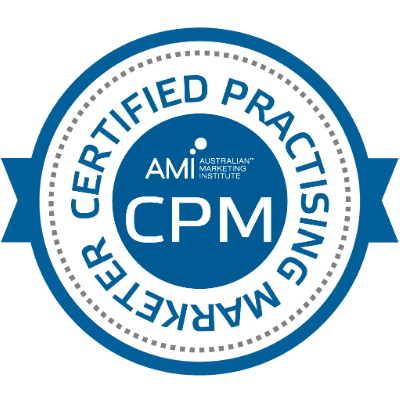SEO is the one thing that every company needs to have for success. Google and other search engines rely on hundreds of signals when deciding which pages rank higher in search results (SERP’s), but some companies know how to use SEO as a way of boosting these signal so they can keep their website up there while others fall behind with outdated methods
The main goal of search engine optimization (SEO) is to drive relevant people that are interested in your industry or company to your website. If you follow some simple foundation SEO rules, you will let search engines know what your website is about.
Here are nine SEO foundational techniques that you should always follow regardless of the algorithm changes the search engines are continuously making.
A crucial part of SEO is using keywords: words and phrases that describe your content.
Google then uses that information to determine which content is relevant to a particular search query and how the page should rank in searches for a specific term.
Pre-Step 1:
Read the page’s content and identify two or three keywords that are most frequently used in the page’s content and are relevant to the overall page topic. You should only target two (2) or three (3) keywords per website page. If you have more than 2 or 3 keywords, you need to separate the content of the pages and create a new website page for those other key topics.
##1. Page Title Requirements
A website’s page title should be descriptive and concise so that both Google and a site visitor easily understand it.
A page title should be under 70 characters and contain no more than three long-tail keywords. Make sure to target your most important keyword first, and put it as close to the beginning of your title tag as possible.
##2. Meta Description
Meta descriptions can help searchers decide whether to click through from a search result to see the full content on your website.
The meta description should be under 150 characters and incorporate two of the keywords used in the page’s page title. The best meta descriptions provide a valuable, compelling reason why someone should visit the page. Don’t add keywords into the meta description for the sake of having them in there, but include them in a conversational format. Think of this content as your sales pitch that people will come across in search results.
##3. URL
The best URL’s give visitors – and Google – a clue about what’s on the page, so you want to make them descriptive. And that means using SEO keywords in the URL.
The website page’s URL should include the first keyword you used in the pages page tile from step 1. The keywords in the URL should be separated using dashes (-). e.g. www.sample.com/best-vermont-ski-resorts.
##4. Heading Tags
The page should have one (1) or two (2) H1 heading tags that use the first two keywords in the page title in step 1. These keywords should be used in a conversational format in the content of the pages. In addition to H1 tags, the page should include a couple of H2 heading tags that usually go underneath each H1 tag. For accessibility, ensure that your heading tags are presented on the page in descending order.
##5. Page Content
First, use your main keyword in the first couple of sentences of your content, or at least within the first paragraph.
Next, use that keyword and variations of it throughout the content.
The bottom line: write for humans first, and make content readable and understandable.
##6. Internal Links
Create one (1) or two (2) internal links on the page linking to related pages. Use the keywords you’re targeting on the page that you’re linking to in the anchor text for each link.
##7. Images
Any images used on the page should have their filename match one of the keywords in the page title. Each word in the file name should be separate with dashes (-). The image alt text should match the image’s file name and the keyword in the page title.
##8. Cross-Linking Pages
Make sure you have three internal links to the page you’re optimizing. The anchor text of each link should contain keywords that are related to your topic and include keywords from the content on your optimized page.
##9. Meta Keywords
They aren’t part of Google’s or Bing’s search algorithm, so they aren’t as important as steps 1-8. However, still add three (3) to five (5) meta keywords to the page that are related to the page title and content. Smaller search engines still might use them in their algorithm.







